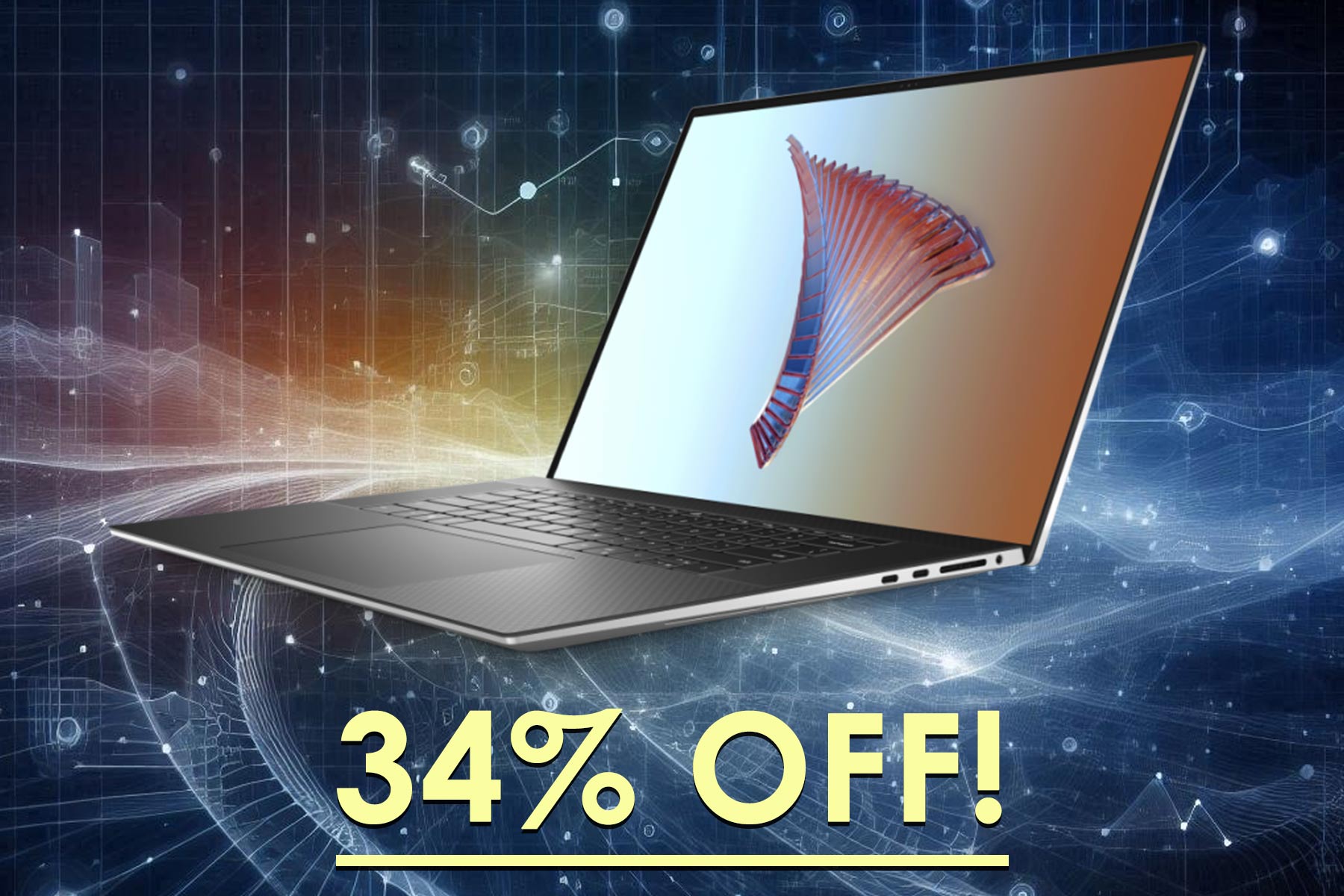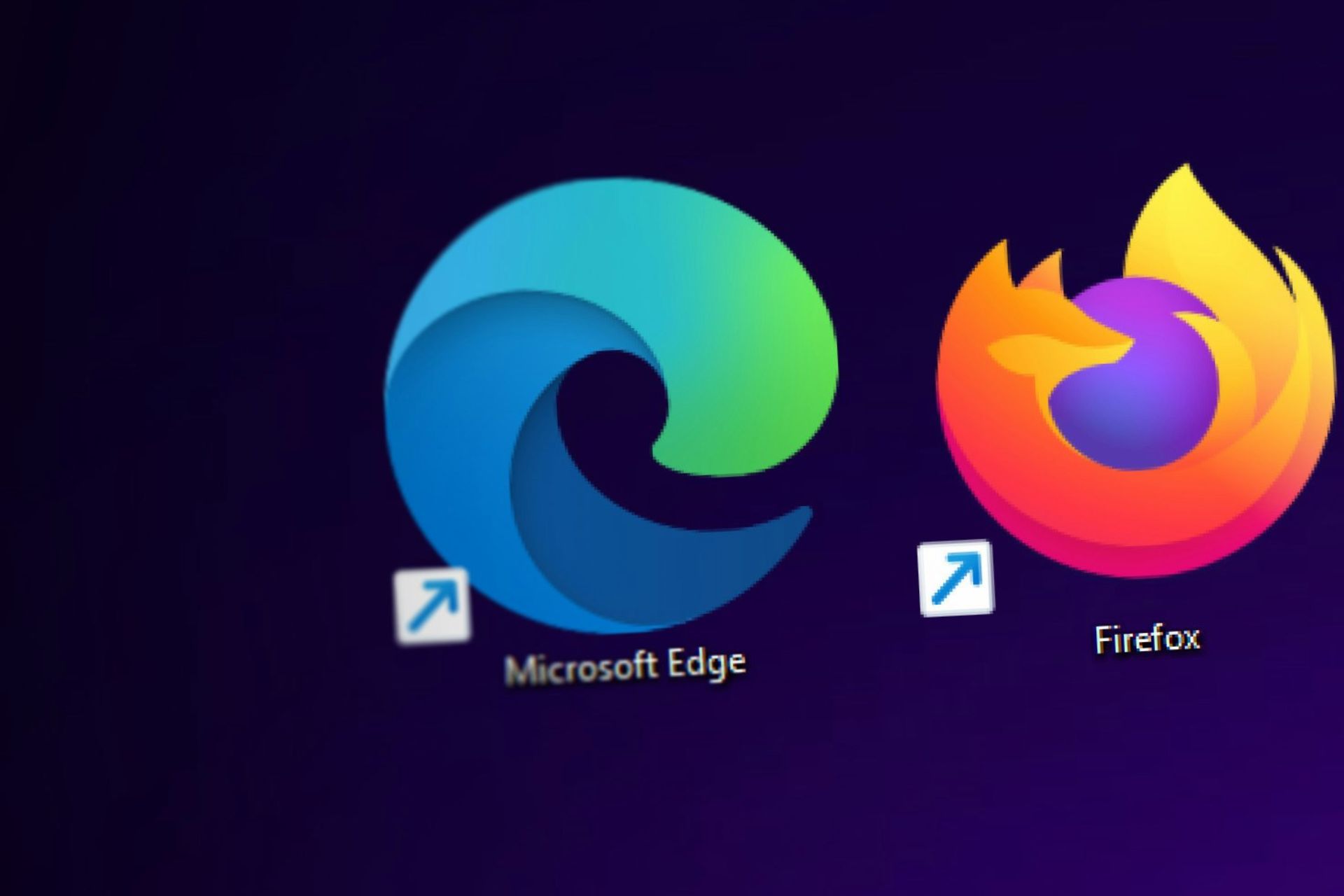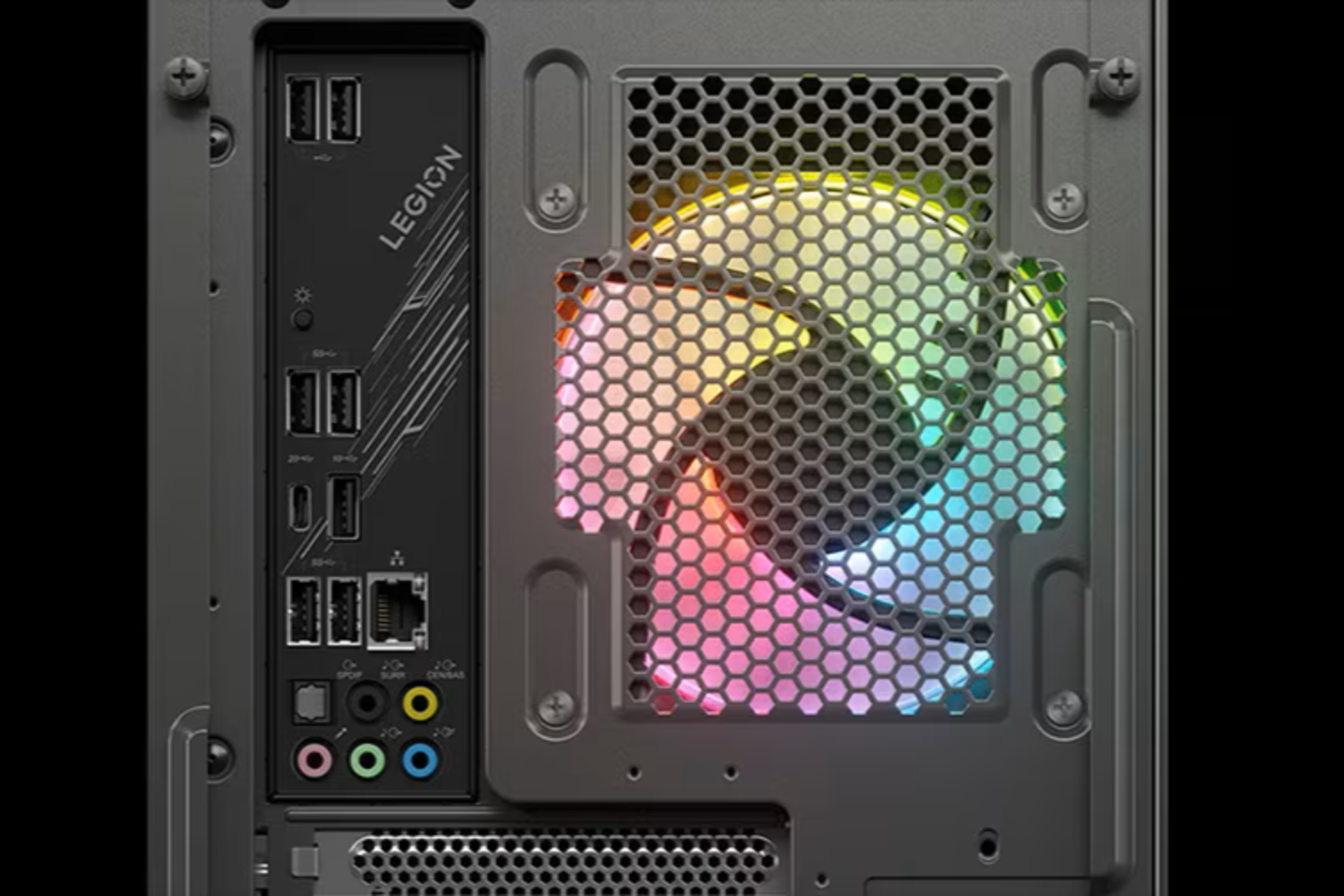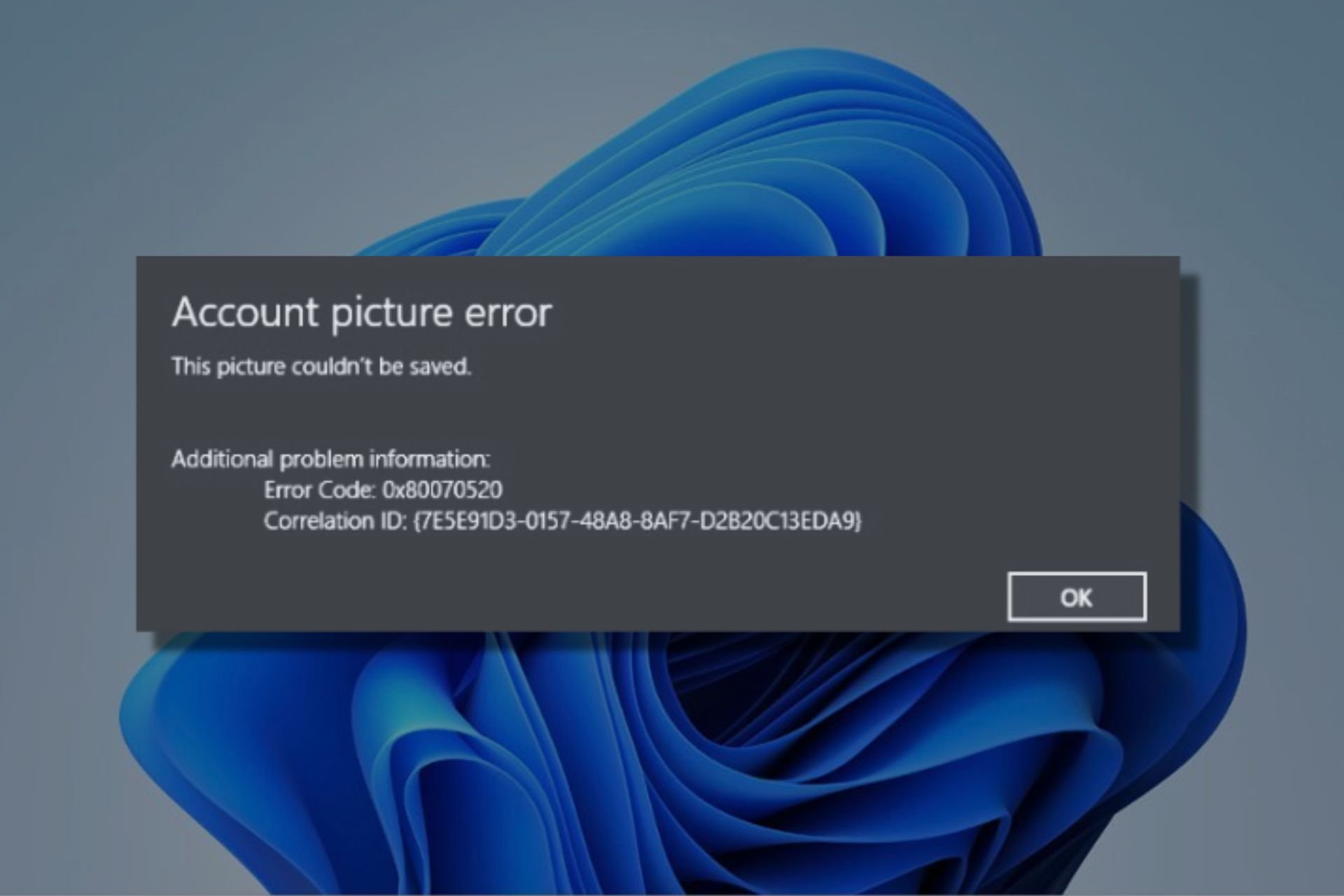Ohio State University uses Kinect for Windows to help stroke victims
3 min. read
Published on
Read our disclosure page to find out how can you help Windows Report sustain the editorial team Read more
Kinect for Windows has almost limitless uses. This time, Kinect for Windows helps Ohio State University create a game that provides an affordable way for stroke patients to continue physical therapy by themselves at home. A research team at Ohio State University developed an affordable game, “Recovery Rapids,” using the Kinect v2 sensor for Windows to help stroke patients in physical therapy.
Recovery Rapids uses the Kinect for Windows sensor to help stroke patients with hand or arm weakness on either side of their body, which is a common symptom of a stroke. Recovery Rapids is based on a physical therapy exercise called constraint-induced movement therapy (CI therapy). CI therapy is a technique that encourages the use of the affected arm and hand for certain prescribed movements.
Recovery Rapids helps the stroke patient by forcing them to use their weakened arm and hand to do certain movements like canoeing or grabbing fruit from a tree. One of the Ohio State researchers, David Maung, described how the researchers were able to improve Recovery Rapids with the new Kinect v2 sensor for Windows:
“Detecting hand motion is very important to our product. With the original Kinect for Windows sensor, we had to use external hardware [a special glove covered in sensors] to capture finger motion and wrist rotation. The Kinect v2 sensor allowed us to eliminate this hardware, opening the door for an electronically downloadable product.”
The Ohio State research team established a public benefit company called Games That Move You to take Recovery Rapids out of the research arena and into the hands of rehabilitation patients. With Games That Move You, Ohio State hopes to create an interface within Recovery Rapids to create customized therapies for patients as well as a way to track a patient’s progress providing feedback for the physical therapist and the patient.
In a clinical trial, Recovery Rapids was shown as to be as effective as traditional CI therapy in improving motor skills and arm use. Clinical trial participants performed tasks such as picking up objects or using a fork via the Kinect for Windows sensor. In the clinical trial, 9 out of 11 participants enjoyed using Recovery Rapids more than other forms of physical therapy. 10 of the 11 participants believed that Recovery Rapids was a more effective method than any other physical therapy that they received.
One stroke survivor who participated in the clinical trial explained her experience with Recovery Rapids:
“It has the potential to develop self-motivation and self-determination better than any therapist or coach. The Recovery Rapids gaming system allows the participants to track their own progress as they compete against themselves. They can adjust the game to make it even more challenging as they reach new plateaus in their recovery.”
So, it looks like there is yet another use of the Kinect for Windows. Hopefully, Recovery Rapids will help stroke survivors and other physical therapy patients well on their way to their own river to recovery.










